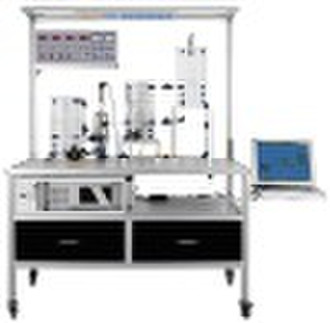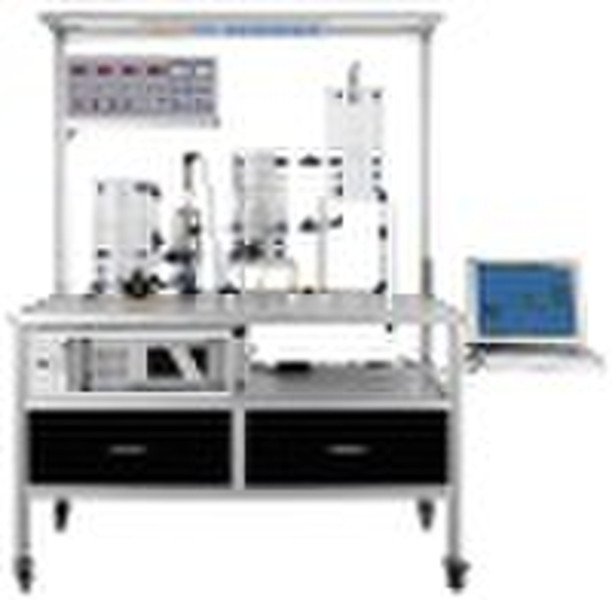Catalog
-
Catalog
- Agriculture
- Apparel
- Automobiles & Motorcycles
- Beauty & Personal Care
- Business Services
- Chemicals
- Construction & Real Estate
- Consumer Electronics
- Electrical Equipment & Supplies
- Electronic Components & Supplies
- Energy
- Environment
- Excess Inventory
- Fashion Accessories
- Food & Beverage
- Furniture
- Gifts & Crafts
- Hardware
- Health & Medical
- Home & Garden
- Home Appliances
- Lights & Lighting
- Luggage, Bags & Cases
- Machinery, Hardware & Tools
- Measurement & Analysis Instruments
- Mechanical Parts & Fabrication Services
- Minerals & Metallurgy
- Office & School Supplies
- Packaging & Printing
- Rubber & Plastics
- Security & Protection
- Service Equipment
- Shoes & Accessories
- Sports & Entertainment
- Telecommunications
- Textiles & Leather Products
- Timepieces, Jewelry, Eyewear
- Tools
- Toys & Hobbies
- Transportation
Filters
Search
XGK-1 Process Controlling Experimental Test Bench
original price: 11 000 USD
Hangzhou, China

James Chu
Contact person
Basic Information
XGK-1 Process Controlling Experimental System(Industrial Computer)Composition of XGK process controlling system (National patent product, Patent NO. ZL200420090393.1)(1) ObjectsThree water tanks, one pressure can, heating pump, electromagnetic valve, hand valve, water pump, pressure transmitter, temperature sensor, ultrasonic liquid level sensor and flow sensor. Among them water pump, which is executive body of control of flux, pressure and liquid level, is the core of the system. The heating pump can provide energy for temperature control and the electromagnetic valve, as a replacement for normally used electric valve, is the adjusting device of the flux.(2) Interface circuitThe signal outputs of all sensors are the 0 10V standard signal(3)ControllerSupport any kinds of controllers. The standard controller is the industrial computer. We try to use some comparatively difficult experiments(like the predictive control experiment) to help students understand the principle and characteristics of modern process controlling, thus deepen and expend the content of the course Process Controlling. Users can also choose other control modules like PLC and intelligent instrument to realize the control of the system.Exemplary experiment itemsTheories1 Characteristics of simple control system based on PID controller2Characteristics of complex control system based on PID controller3 Preliminary study on advanced process control4Characteristics of network controlExperiment items1Experiment on simple control system(1)Single loop temperature control(2)Single loop flux control(3)Single loop pressure control(4)Liquid level control2 Experiment on complex control system(1)Cascade control of voltage and flux(2)Feed forward control of flux and temperature(3)Average control of flux and liquid level3 Experiment on advanced control system(1)Predictive control of liquid level(2)Fuzzy control of flux(3) Remote controlThe experiment items listed above are the exemplary experiment items. Users can do design experiments and independent experiments on the device. More than 100 experiments can be completed on the system.
Delivery terms and packaging
Packaging Detail: Packed in wooden cases Delivery Detail: 20 days within receipt of 30% deposit
Port: shanghai/ningbo
Payment term
Letter of credit
Telegraphic transfer
-
Payment Methods
We accept:









